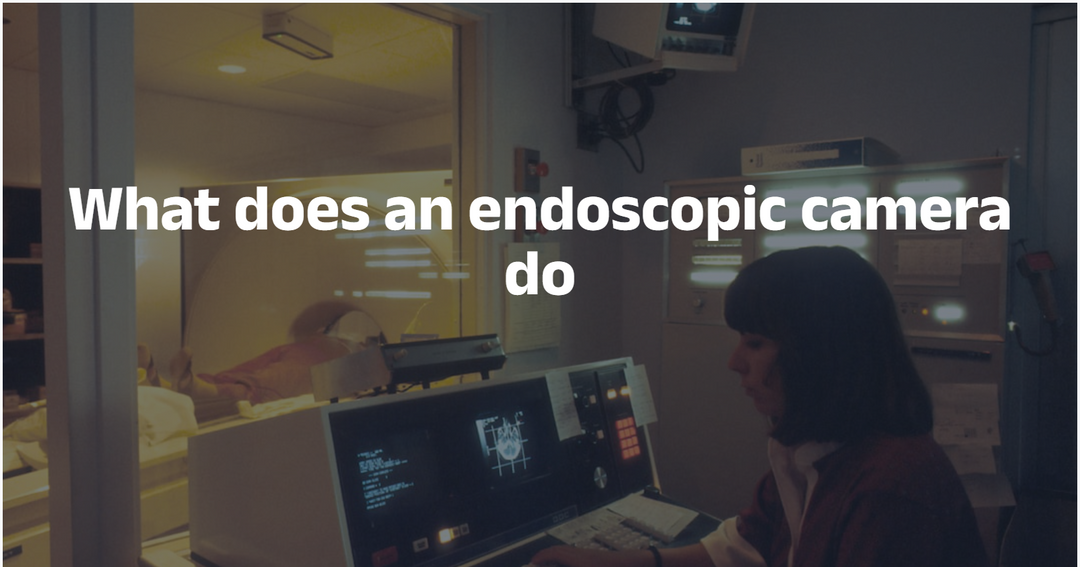Find Layout Direction of Underground Wires, Cables, and Pipelines Using NF-826
Ever wonder how to find the layout direction of underground wires, cables, and pipelines? Let me introduce you to Noyafa NF-826, one of the latest technologies in locating underground wires and pipelines. It’s an ideal alternative to conventional methods because it’s affordable, easy to use, and doesn’t require any additional equipment. It works well in most soil conditions so whether you’re surveying on land or underwater, Noyafa NF-826 can find your layout direction quickly and easily.
Characteristics of Noyafa NF-826: Professional Underground Cable / Wire / Pipeline Locator
The Noyafa NF-826 is a professional underground cable/wire/pipeline locator that can be used to find the layout direction of underground wires, cables, and pipelines. This device is easy to use and can be operated by one person. The main features of this device include circuit tracers, electrical tracer wire, built-in battery, backlit LCD screen, and data storage.
The circuit tracers work together with the electrical tracer wire in order to find cables buried deep underground. The built-in battery ensures that users are able to complete their tasks without having access to electricity from an outlet or car battery charger.
The backlit LCD screen displays all necessary information such as current position and signal strength while also storing all data when there is no signal present for future review on a computer or laptop.
The electrical tracer wire and the circuit tracers can be bought separately. The Noyafa NF-826 does not require any previous experience with electronics or knowledge about circuitry because it includes a user manual. In addition, all search parameters will stay stored even if the power runs out so you can continue your task at a later time.
It is lightweight and portable so that it may be carried into tight spaces or large distances. It has high sensitivity range and has been tested extensively in order to ensure its accuracy. With these qualities, the Noyafa NF-826 provides a simple way to find the layout directions of wires, cables, and pipelines quickly.
Features & Function
The Noyafa NF-826 is a wire tracker that can be used to find the layout direction of underground wires, cables, and pipelines. This device is equipped with a color LCD screen that displays information in real-time, making it easy to use.
The tracker also has a built-in battery that allows for up to 4 hours of continuous use. Plus, the device is IP54 waterproof and dustproof, making it durable enough for use in any environment. What’s more, it comes with a belt clip that makes it easy to carry around when not in use.
Lastly, this product includes one clip per pack as well as an instruction manual and calibration certificate. The following features are available on the Noyafa NF-826:
The ability to detect all electric field sources Built-in backlight function allows the user to change sensitivity levels Ability to track 2 cables simultaneously and measure their position in relation to each other.
The Noyafa NF-826 is capable of detecting all electric field sources. It also comes with a backlight function that helps illuminate dark environments while locating buried lines or pipes. Furthermore, users can adjust the sensitivity level depending on their needs and preferences.
The Noyafa NF-826 can even detect two cables at once and measure their position relative to each other. Not only does this tracker have a wide range of uses, but it's also lightweight and compact. When using the Noyafa NF-826, make sure to calibrate your device before turning it on so you know what you're working with.
Testing & Calibration Procedure
Before you can use the device, you need to calibrate it. To do this, find an object that is at least 10 meters long and lay it out on the ground. Once you have done this, press the calibrate button on the device.
After a few seconds, the device will beep and the LED will turn green, indicating that it is ready to use. Press the power button again to begin testing. With the device in your hand, walk down one side of your object while watching for any LEDs that light up.
If there are no lights, then move to the other side of the object and repeat until all sides have been tested. If there are still no lights, make sure that you're using a length at least 10 meters long.
It's also possible that there are underground cables near the object - even if they aren't attached to it - so keep looking! If you don't see any lights after checking both sides of the object, please contact our customer service team with as much information about your project as possible (including dimensions) so we can help determine whether or not there may be an issue with our device.
If you have seen lights flash when walking around the object, then the layout direction of these wires, cables, or pipelines is going towards where you were standing when pressing the buttons on the device. If no lights flashed but there were flashing lights before walking around to test each side of the object, then it means that these wires are running away from where you were standing when pressing them earlier.
If there were no flashes of light and you've checked both sides of the object without seeing any, it could mean that either these wires are buried too deep for the device to detect or that there is an error with the device. You can try plugging it into a USB port on your computer to check for software updates or feel free to contact our customer service team for more help troubleshooting this issue.

How to Use the NF-826 (Tester) Effectively
The first step is to make sure that the tester is properly calibrated. Once the tester is calibrated, you can begin testing by turning on the power and holding the probe against the wire or pipe that you want to test. The display will show you the direction of the current flow. You can then use this information to determine the layout of underground wires, cables, and pipelines.
If a cable runs from north to south, then when using the NF-826, the needle will swing clockwise. If a cable runs from east to west, then when using the NF-826, the needle will swing counterclockwise. If there are multiple cables running in different directions, then all of them will be tested at once.
For example, if there are two cables running at right angles with one going northeast and the other going southwest, the needle will swing both ways depending on which wire it's touching. The more needles that swing in a certain direction, the stronger the signal becomes.
So if you have three signals coming out of an area and they're swinging clockwise, it means that they are following each other and they form an imaginary circle. That's because they all went back around after swinging one way so many times before starting over again. It doesn't mean that they go in circles forever, just enough to create a circular pattern.
It's important to remember that the strength of the signal can also depend on how close you are to the cable and whether or not there are any obstacles between your location and where the signal is being generated. When looking for a wire behind walls, always try probing near any outlets or switches since those tend to create strong magnetic fields due to their electrical components.




